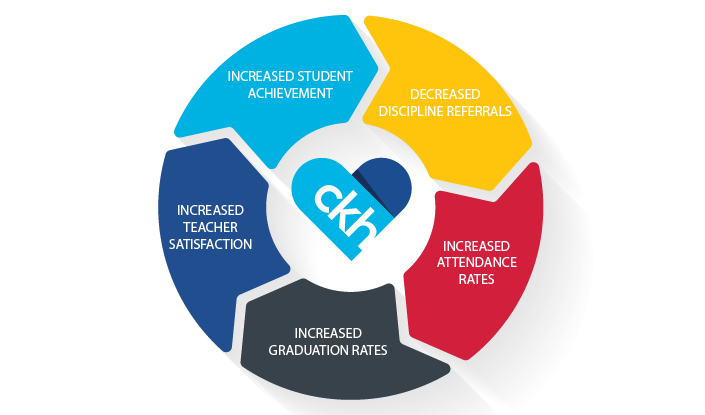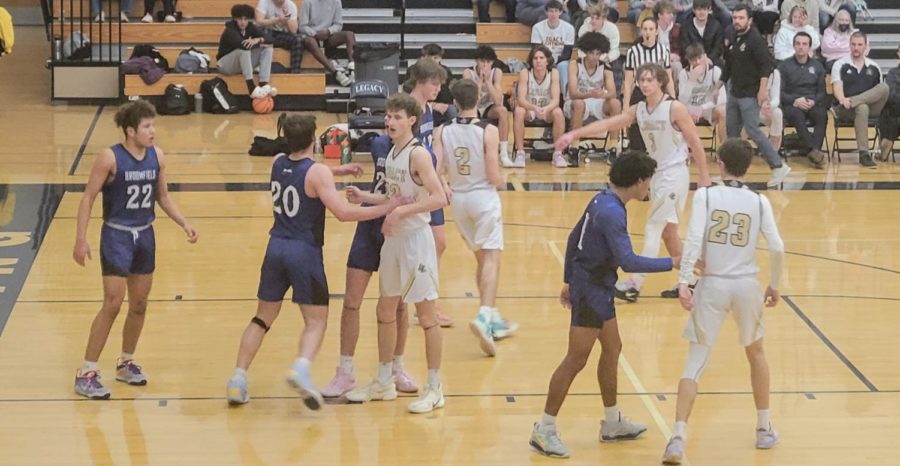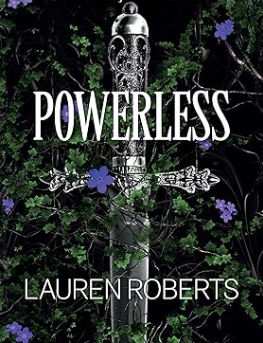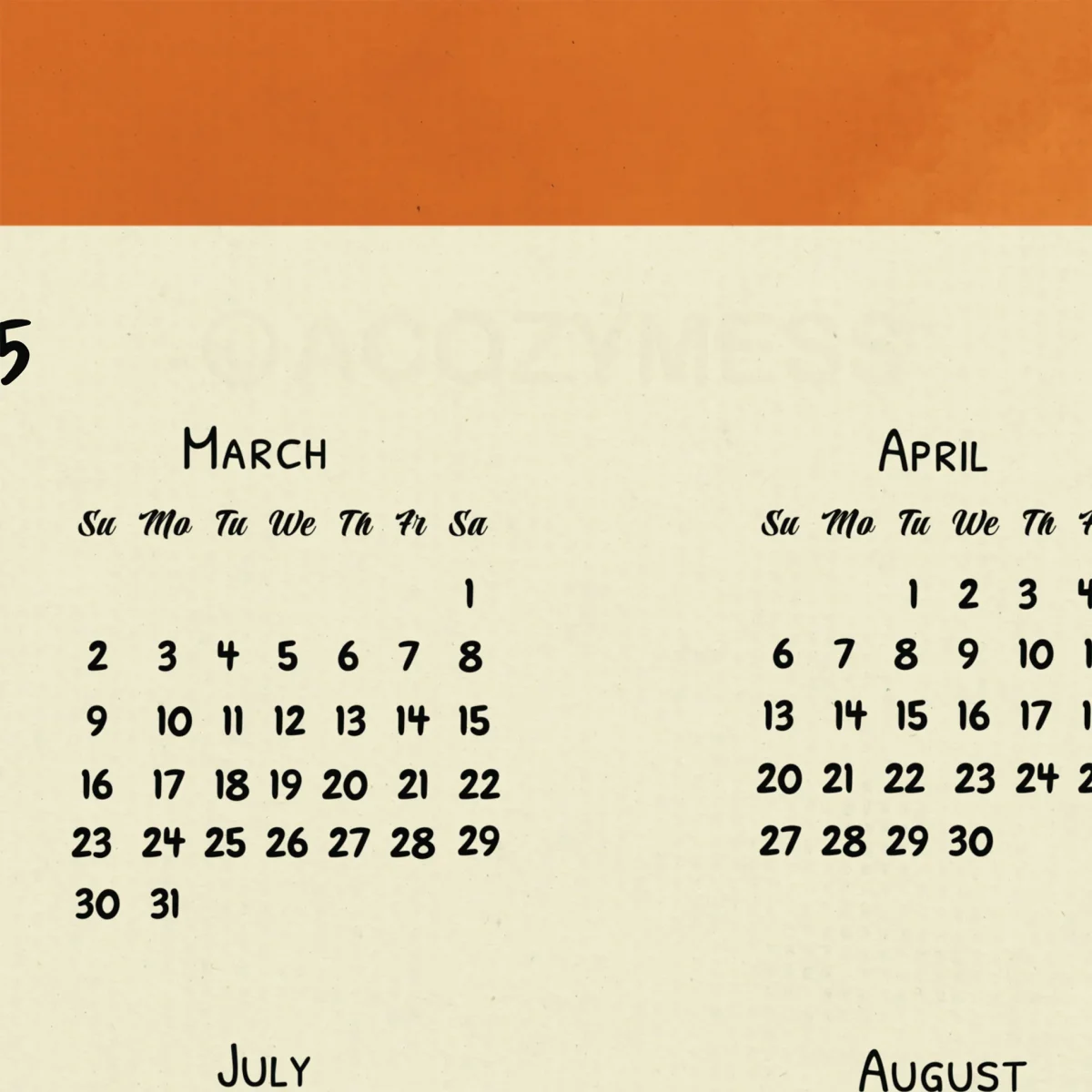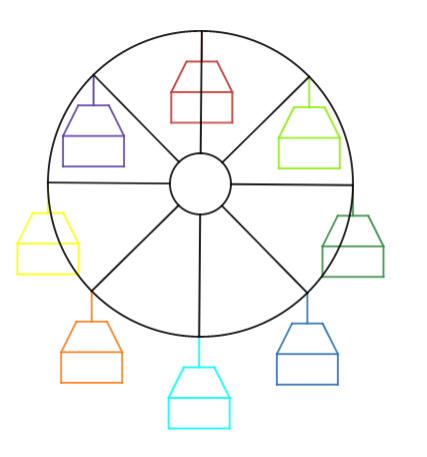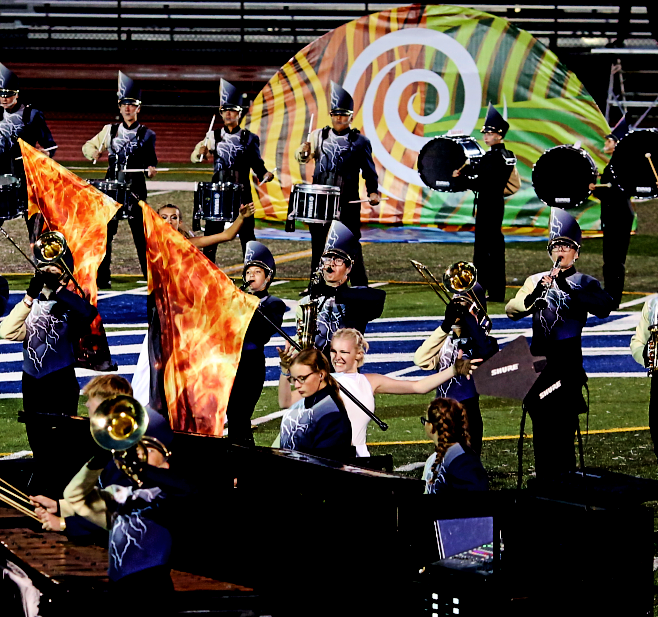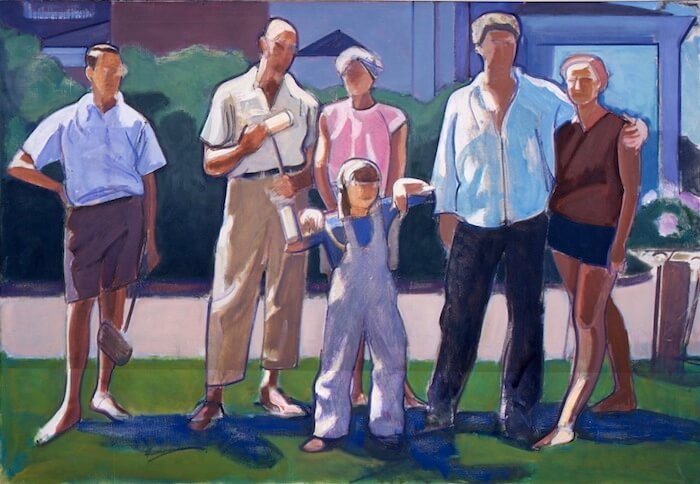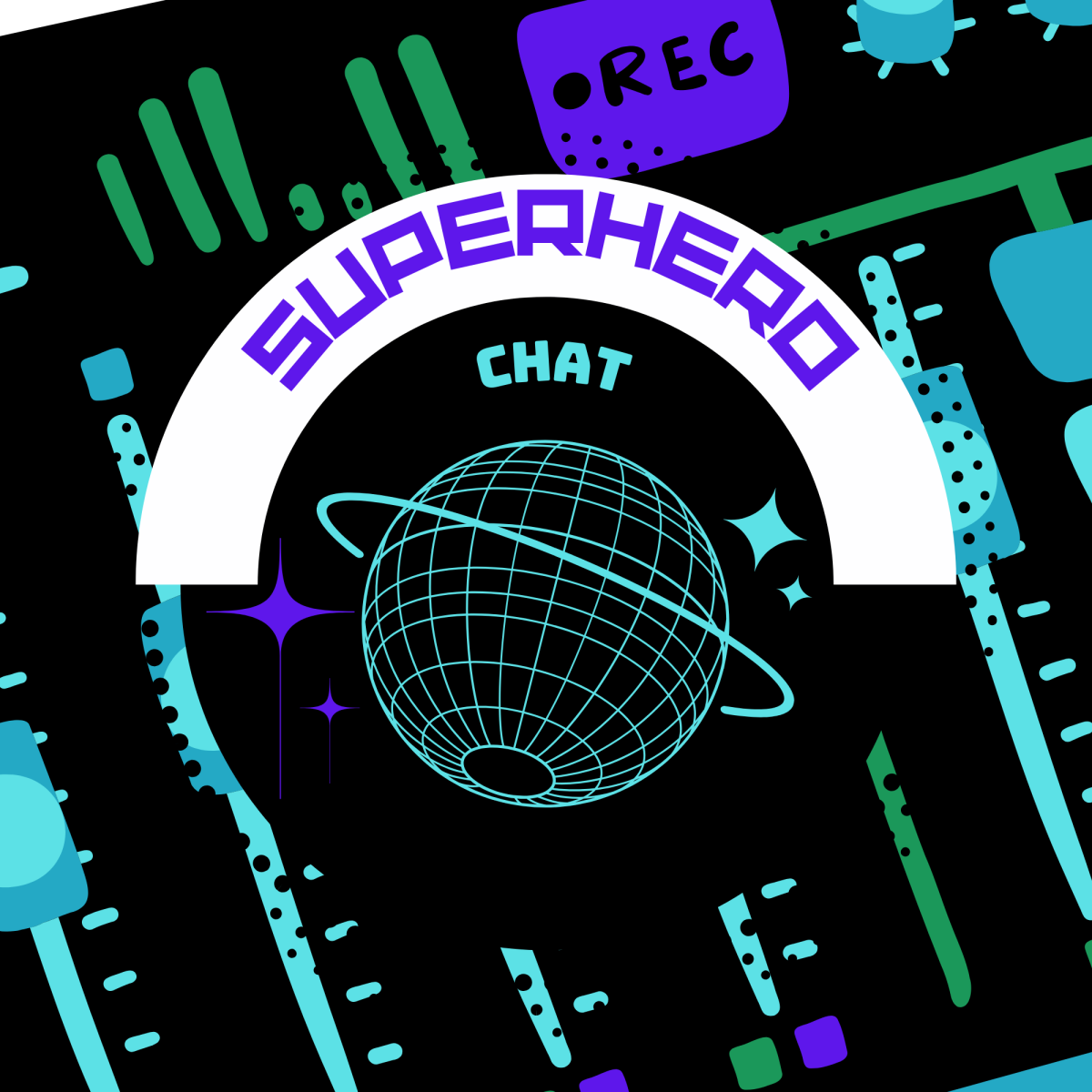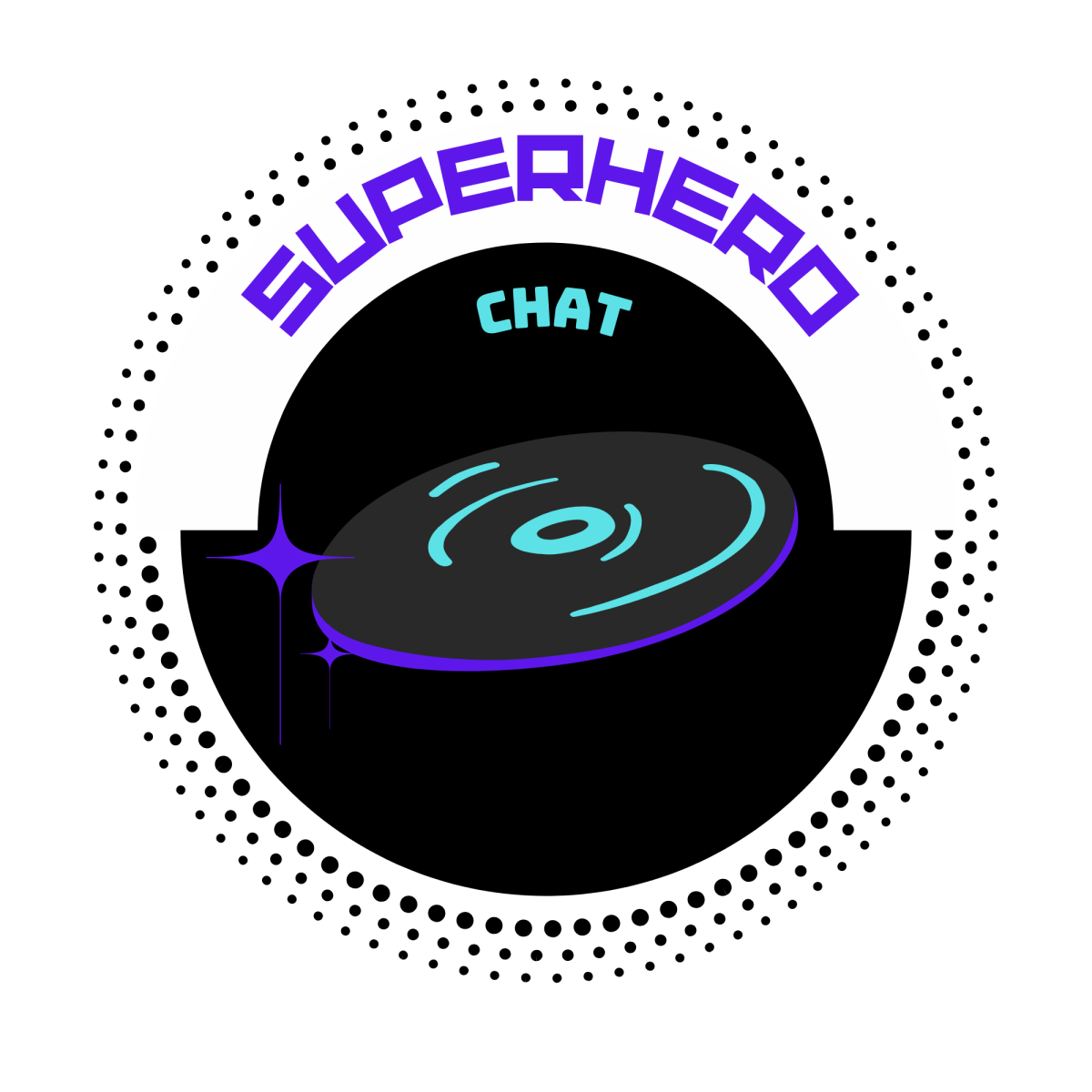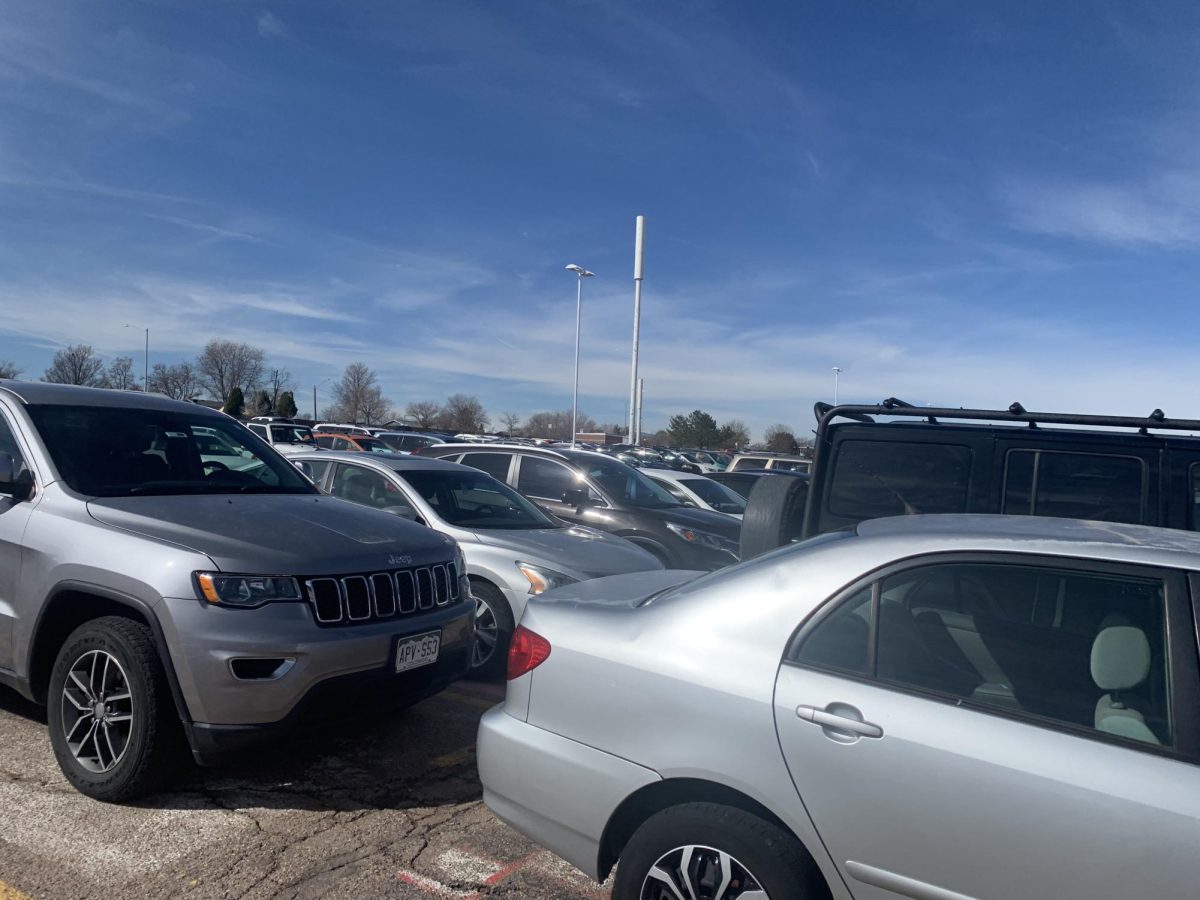In an attempt to address the problems plaguing the student parking lot, 11th-grade English curriculums will add a new unit about reading and understanding the basic street signs present on the streets of America. When asked about the new change, English 11 teacher Ms. Zeitgeist stated, “Recently, it came to our attention that what we were teaching 11th graders regarding reading comprehension had a large gap which we weren’t addressing, something which was showing itself on Zuni and 136th. That is, our students show a shocking inability to read the street signs that govern the roads they use to reach school.”
“Honestly, we thought that the requirements to get a license would necessitate that they learn how to read the signs required to pass the driving exam and get 50 hours on the road without getting into an accident. Somehow, however, these students manage to maintain their permits long enough, despite displaying a clear inability to read the ‘do not block intersection’ sign.”
This change will go into effect next year for both English 11 as well as AP English Language and Composition, despite AP Lang being a class standardized by Collegeboard. When asked about how this will affect the class, Mrs. Pell said, “Although this does mean less time is allocated towards AP exam-critical content, we feel that what is more important is getting all of the students to the test on time without running into another car in the parking lot. We hope AP exam scores will not suffer too much from this change, but we feel it is vitally more important that all current and future drivers reach the testing room from their homes without issue.”
This measure will follow others as part of the latest attempts to make sure that students are equipped with the basic skills required to function, such as the recent addition of a unit about expressing basic empathy for drivers and not risking your car’s bumper to cut off a fellow student.
To gauge student opinions on the new curriculum changes, we asked both current Juniors who are learning about the fact that others coexist on the same roads as they do, as well as future sophomores who will be experiencing the next wave of new units and assignments.
We asked many students, one of whom was Brombe Brofte, who viewed the units as superfluous. “Frankly, I think this whole unit has been a waste of time. I don’t see why I should really care for anyone besides myself; when is empathy something I will be using in my day-to-day life?”
However, not all Junior responses were negative. Another Junior taking AP Lang, Hinab Phil, expressed feeling positive towards the new measures.
“It feels weird to add this as a part of AP Lang, considering that reading and interpreting street signs isn’t a part of the exam. At the same time though, after witnessing the student parking lot before and after school, I do think this was a necessary change. I saw a car that was probably less than a foot from running into the car in front of them, all to prevent me from entering the line, saving them ~20 seconds. I doubt this will do anything, but it’s a step in the right direction at least.”
When we asked current sophomores how they felt, responses were also mixed. Sophomore Ipnes Iptrub expressed total disinterest. “I don’t have any interest in learning about what ‘do not block intersection’ means. If the light is green, I am entering the intersection, and the only way I am leaving is if the person in front of me goes far enough forward to let me into the main line.”
Still, Legacy believes that this change will greatly benefit the community in the long run, and plans on continuing these efforts. At press time, Legacy’s English department was considering expanding the new unit, adding new lessons about which lanes turn right and left and another lesson about the concept of a one-way road.
This article is satirical.







